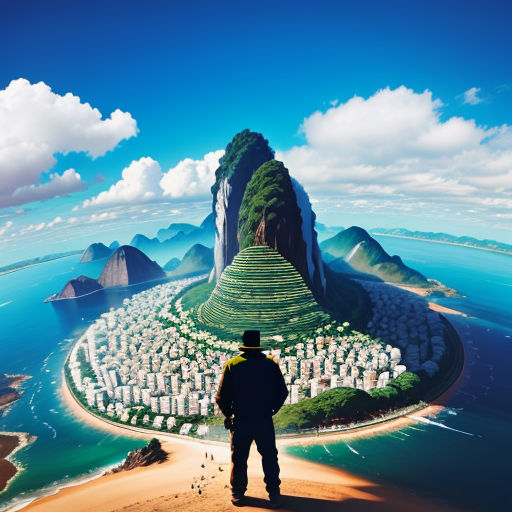
The Speedy History of Brazil
By Luciano

20 Aug, 2023

Our journey begins when the Portuguese first set foot on Brazilian soil in 1500, led by the intrepid navigator Pedro Álvares Cabral.
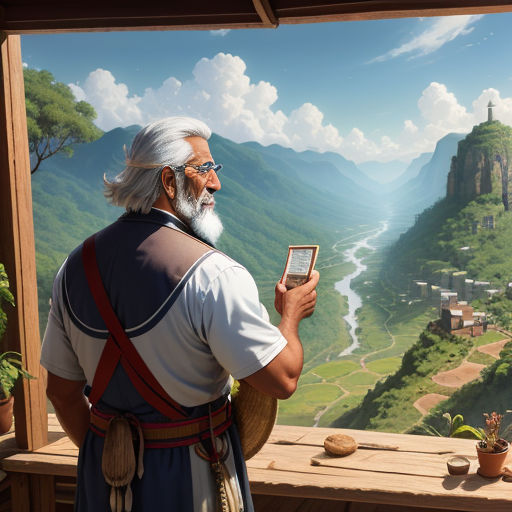
After claiming the land for Portugal, Cabral, and other explorers began the colonization process, introducing European culture to the indigenous people who lived there.
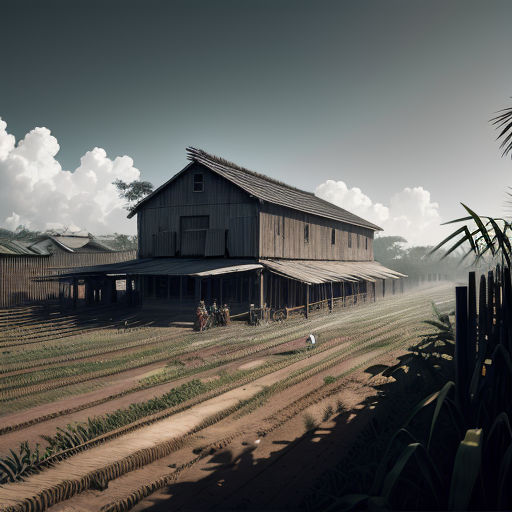
The next chapter of Brazil's history unfolded with the rise of sugarcane plantations. These plantations, or 'engenhos,' were largely managed by enslaved Africans.
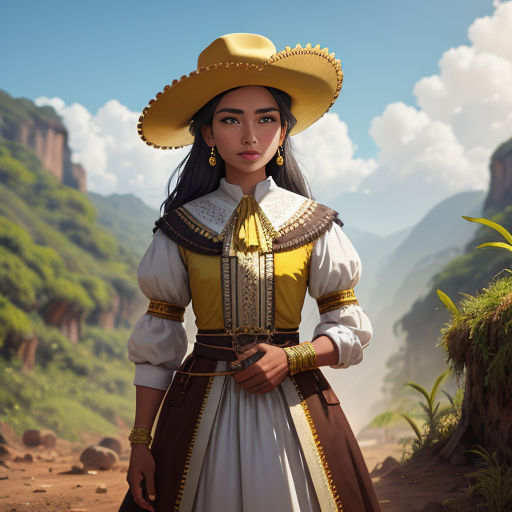
As time passed, gold was discovered in the region of Minas Gerais, leading to the Brazilian Gold Rush in the 18th century.

The allure of wealth brought many people, including Bandeirantes, adventurers who explored the country's interior, pushing the borders of Brazil beyond the Tordesillas Line.

In the 19th century, Brazil became a kingdom under Portuguese rule. Dom Pedro I, son of the Portuguese King, was crowned as the first Emperor of Brazil.
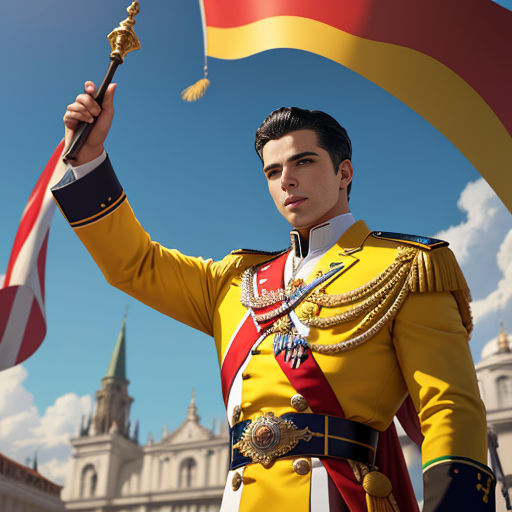
Just a few years later, Dom Pedro I declared Brazil's independence from Portugal on September 7, 1822. This marked the birth of an independent nation, with Dom Pedro as its leader.
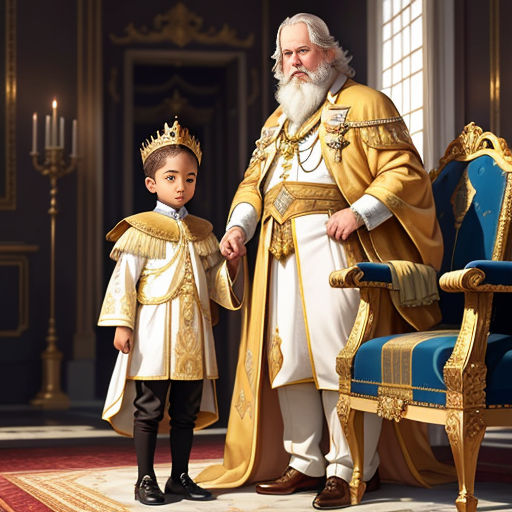
The reign of Dom Pedro I was followed by his son, Dom Pedro II, who took over the throne at the tender age of five.

Dom Pedro II ruled for nearly 50 years, fostering developments in commerce, agriculture, and education. Under his reign, slavery was also officially abolished in 1888.
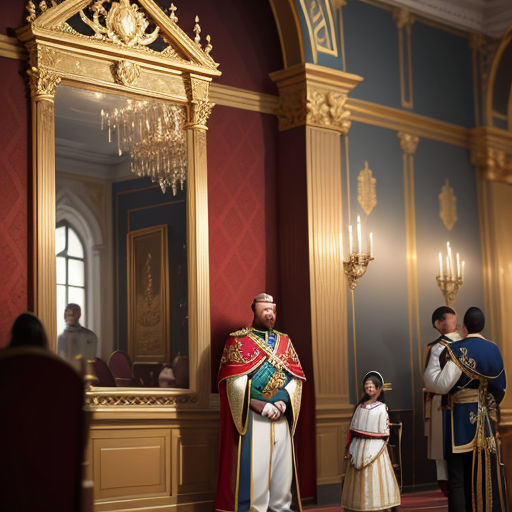
However, the end of monarchy came with a military coup, proclaiming Brazil a Republic in 1889. This marked the end of Dom Pedro II's reign and the beginning of a new era.

Brazil's first president was Marshal Deodoro da Fonseca, a key figure in the overthrow of the monarchy.
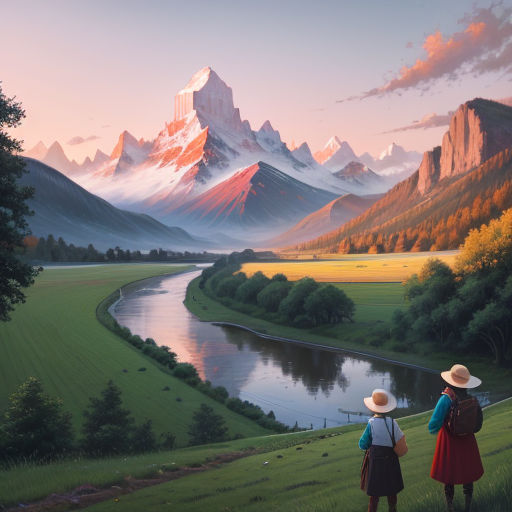
The early years of the republic saw political instability, economic hardship, and social change.

In 1930, Getúlio Vargas rose to power, beginning an era known as the Vargas Era. His rule was marked by industrialization and labor reforms.

Vargas remained in power until 1945, when he was forced to resign. He would return to power in 1951, but his second term was marked by economic crisis and political unrest.
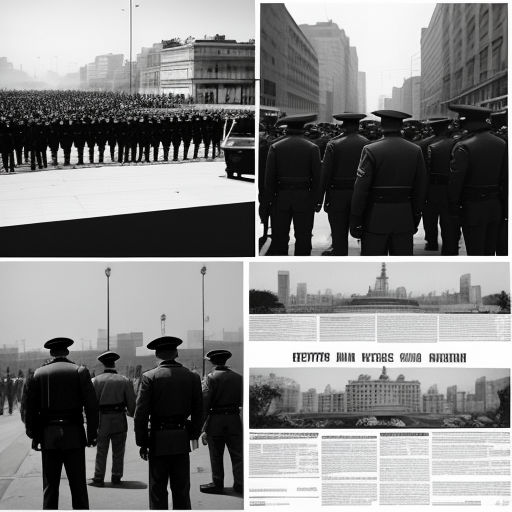
In 1964, the military staged a coup, leading to a period of military dictatorship that lasted until 1985. This period was marked by censorship, repression, and economic growth.

With the end of military rule, Brazil became a democratic country again. This period saw the creation of a new constitution and marked a return to civil rights.

The 1990s were marked by economic stabilization under President Fernando Henrique Cardoso, who introduced the Real Plan, which ended years of hyperinflation.
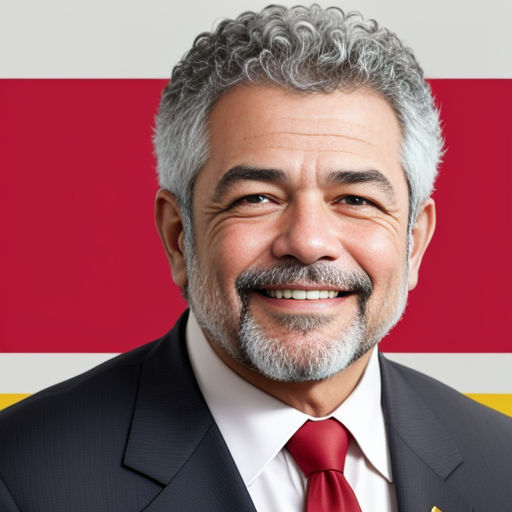
In 2002, Luiz Inácio Lula da Silva, a union leader, became the first working-class president of Brazil, emphasizing social investment and developing programs to reduce poverty.

Lula's successor, Dilma Rousseff, became Brazil's first female president, but her term was marked by massive protests and an impeachment process.
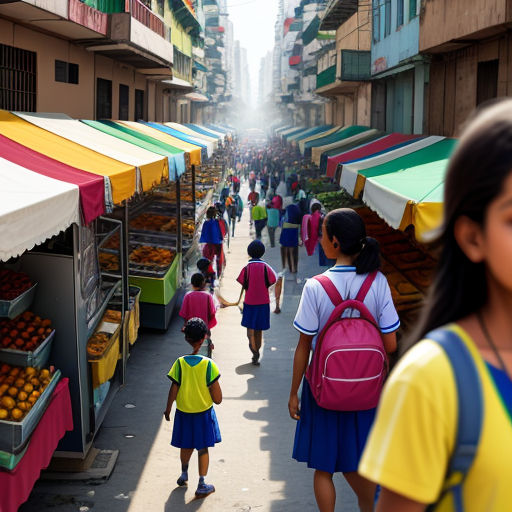
Despite the political turmoil, Brazil has made significant progress in several areas, including reducing poverty and improving education and healthcare.
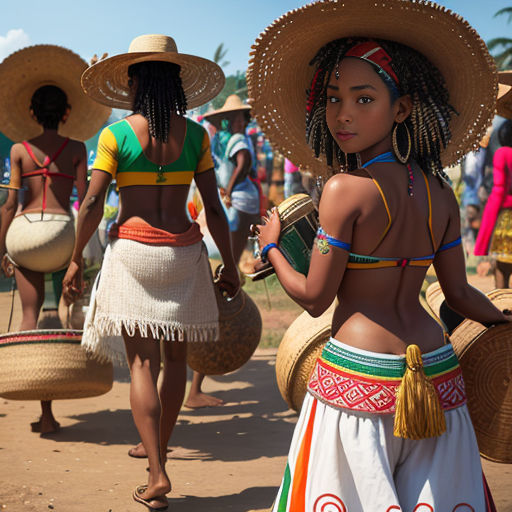
Brazil's history is as vibrant and diverse as its people. From the early explorers to the modern leaders, each chapter adds color to the nation's rich tapestry.

Whether it's the stunning natural beauty of the Amazon rainforest, the bustling city life of São Paulo, or the vibrant culture of Rio de Janeiro, Brazil is a country of contrasts.
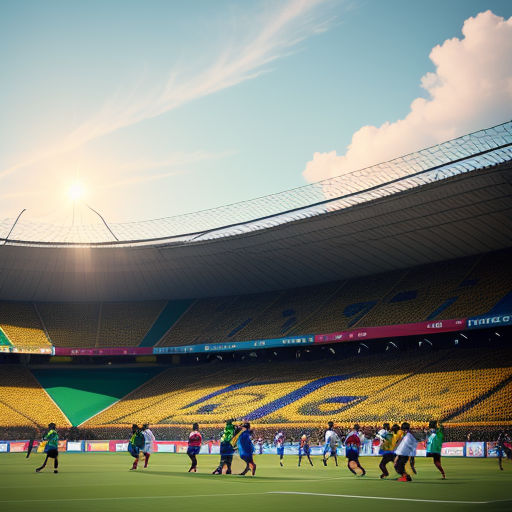
And let's not forget about the passion for soccer. Brazilians are known for their love of the sport, and Brazil has won the FIFA World Cup a record five times.

Moreover, Brazil's cultural wealth is reflected in its music, dance, and cuisine. From the rhythmic samba to the feijoada, a traditional black bean stew, the country's cultural heritage is rich and diverse.
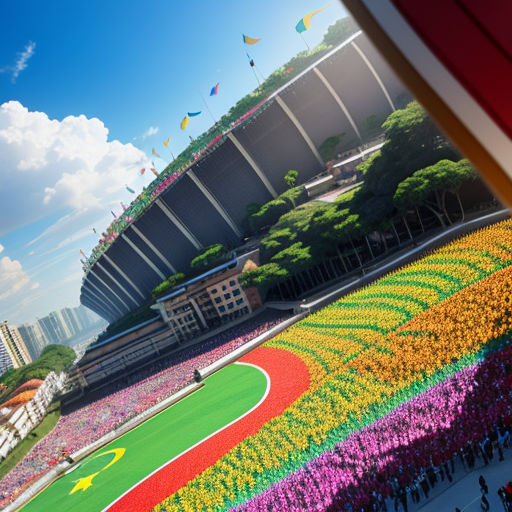
To summarize, this speedy journey through Brazil's history has traversed the path from its discovery, the colonial period, the imperial era, to its current democratic status.

So, there you have it. A brief but vibrant encapsulation of Brazil's memorable past, a testament to its enduring spirit and resilience.

The story of Brazil is one of diversity, resilience and transformation. It's a rich tapestry woven from the threads of historical events, cultural influences and diverse people.
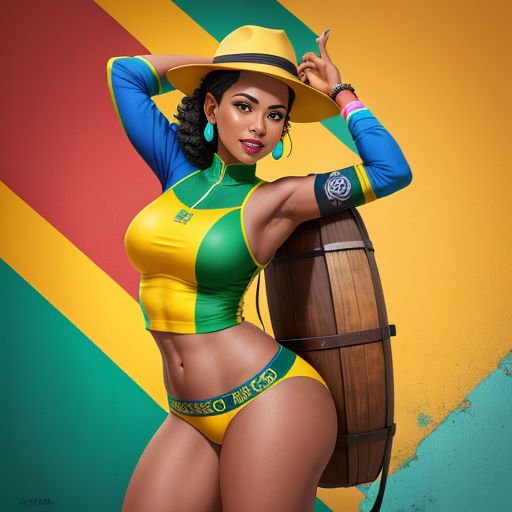
We hope this speedy journey through the history of Brazil has given you a taste of the vibrancy and diversity that defines this unique country.
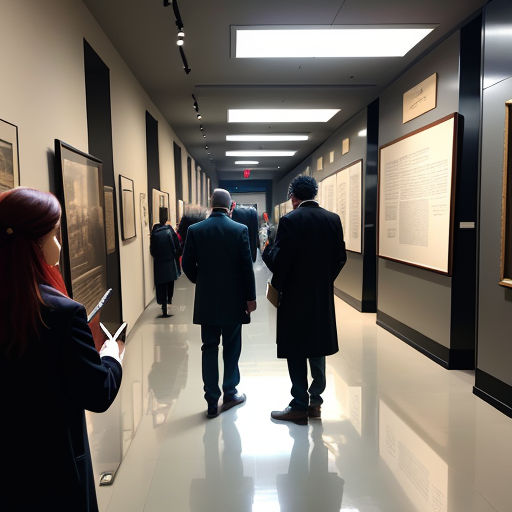
It serves as a reminder that history is not just about dates and events, but about the people who lived it, their struggles, achievements, and aspirations.

And as Brazil continues to write its story, it is the people who will shape its future, adding new chapters to the colorful history of this fascinating country.
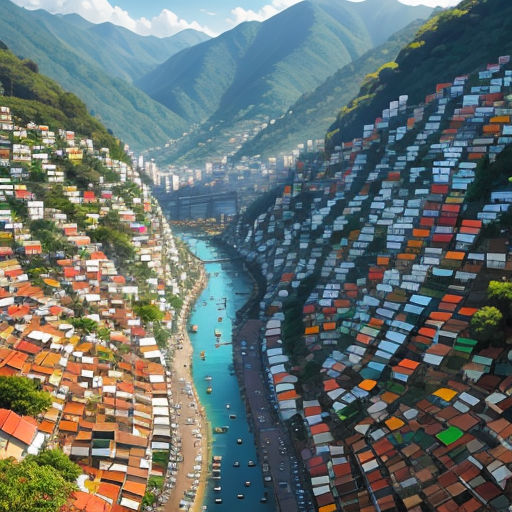
As each era adds its color to the vibrant palette of Brazil's history, the country continues to evolve, driven by the energy and spirit of its people.

So, go out there and explore Brazil's past, understand its present, and dream about its future. There's always something new to learn, a new story to discover.

In the end, every person who calls Brazil home, contributes their own thread to the rich fabric of this nation’s history, creating a dynamic and ever-evolving legacy.
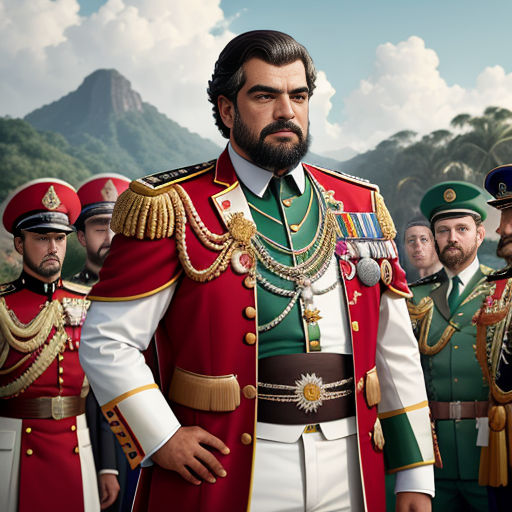
Whether it's the indigenous tribes, the Portuguese explorers, the African slaves, the ambitious politicians, or the everyday Brazilians, each one has their part in shaping Brazil's history.

And so, our quick voyage through the intriguing history of Brazil ends here. As time goes on, the nation continues to write its own story, creating history every day.